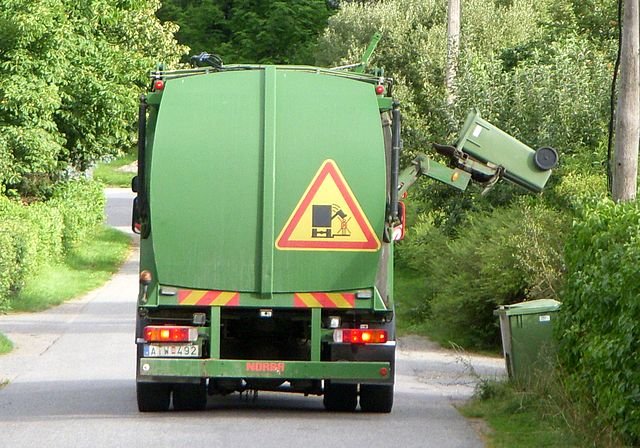The pharmaceutical industry has a substantial impact on the environment, especially when the materials used to make them and the chemicals that comprise make their way directly into the environment. The pharmaceutical industry at large as well as average consumer can take steps to make of use of medicine more sustainable through both significant and relatively minor changes.
Medicines and the Environment
The drugs that we consume naturally enter our environment as our body turns them to waste. This issue becomes exacerbated when people intentionally dispose of unused medicine by flushing it down the drain.
Although our water treatment systems are designed to take contaminants out of our wastewater before we re-introduce to the natural environment, some still get through. These contaminants, which include those in medications, can damage the ecosystems they end up in.
High levels of estrogen in waters due to birth control, for example, can hamper the ability of fish to reproduce, reducing their population size. Once those chemicals find their way into the water, they enter the food chain and eventually impact animals that live on land too, including humans.
Plants will absorb the chemicals from medications. Animals then eat these plants or drink the water and ingest the contaminants. Humans might drink the water or eat the plants or animals, making pollution from pharmaceuticals a human health hazard as well. This problem becomes worse in the summer when livestock such as cattle require two to three times as much water as they do during other times of the year.
Useful Resource: Methods for Sustainable Wastewater Treatment
Proper Disposal of Medicines
If you have unused medications that you need to get rid of, don’t flush them down the drain or throw them straight into the trash. The U.S. Food and Drug Administration (FDA) recommends one of several other options for the safe and sustainable disposal of medicines.
Some communities have drug take-back programs that the Drug Enforcement Administration (DEA) approves. Some pharmacies also allow you to mail in or dispose of unused medications at kiosks. The DEA also organizes a national drug take-back day.
Although certain medications have recommendations on the label to flush them, you can dispose of the majority of them in your regular trash at home. The FDA recommends mixing them with something unpalatable such as dirt, kitty litter or coffee grounds in a plastic bag that you can seal. This disguises the drugs and prevents pets from getting into them. You can then throw the bag away.
If you are a throwing away a prescription medication container, be sure to scratch out all potentially identifying information to protect your privacy and identity.
Using Medicines More Sustainably
Another option for reducing the impact your use of medicine has on the environment is to use less of it or use more environmentally friendly medications.
To use less medicine, only use it when you truly need it and try substituting natural remedies for pharmaceuticals. Reach for naturally derived treatments such as essential oils, vitamins, herbs or a cup of hot tea. Always consult with your doctor before changing your medication regimen.
As a long-term strategy, regular exercise and a healthy diet can do wonders in improving your overall health and decreasing your need to take medicines.
Sustainability from the Industry’s Perspective
Of course, making the pharmaceutical industry more sustainable isn’t the sole responsibility of the consumer. The industry can also change its practices to manage pharmaceuticals in a more eco-friendly fashion.
One aspect of this involves energy use. The manufacturing and transportation of medications can be extremely energy-intensive. By using energy more efficiently and using cleaner energy, drug companies can reduce their environmental impact.

Pharmaceutical industry can change its practices to manage pharmaceuticals in a more ecofriendly manner.
These corporations can also make an effort to include more eco-friendly substances in their medications. While they may not be able to remove every non-natural chemical from their products, they can offer greener alternatives to consume and look into reducing the presence of damaging substances as much as possible.
This applies not only to the organizations closest to the consumers but to the entire supply chain.
Medications are often vital to our health, but it can also have a negative impact on the health of our environment. Taking steps to manage pharmaceuticals more sustainably can enable us to protect our own well-being as well as that of our environment.
























